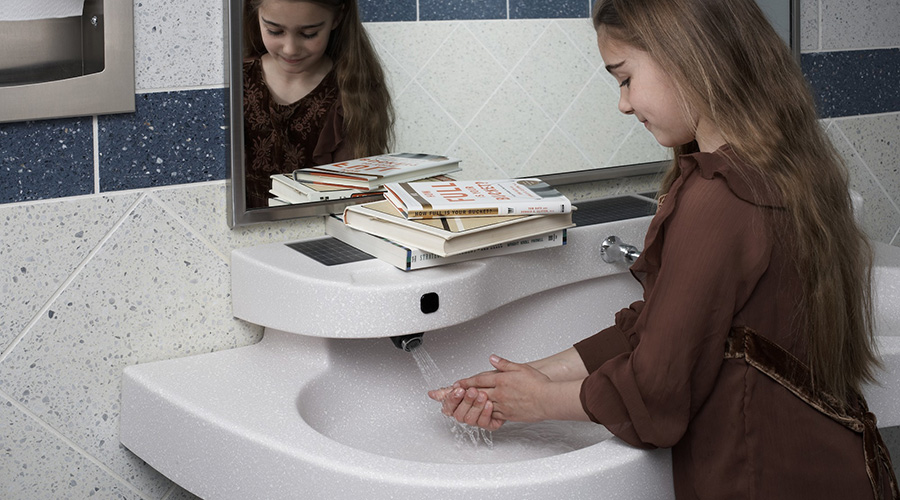
Stamford Tackles Building Mice Infestation
The health department in Stamford, Connecticut, recently found evidence of a mice infestation throughout the Stamford Government Center. August 26, 2024
By Dan Hounsell, Senior Editor
Pests who infiltrate institutional and commercial facilities present maintenance and engineering managers with a range of potential problems. They annoy occupants, they damage furnishings, they leave droppings behind, and in some cases, they carry diseases. For these reasons, managers must act quickly at the first sign of an infestation. Consider the case of a government building in Stamford, Connecticut.
The city’s health department recently found evidence of a mice infestation throughout the Stamford Government Center during an assessment of the building, according to the Stamford Advocate.
The Department of Health and Human Services performed the assessment after city employees reported signs of the rodents, says Lauren Meyer, a special assistant to Mayor Caroline Simmons.
There has been no evidence of rats within the building — only mice — and the city’s facilities management team has made an extermination plan, Meyer says.
Ebrima Jobe, the city’s director of environmental health and inspections, emailed all employees in the government center about what he called a “mice infestation in the building.” In a memo attached to the email, Jobe said the health department would start conducting an assessment to determine the extent of rodent activity.
"Mice destroy documents stored in filing cabinets and gnaw on electrical wiring that could lead to fires," the memo states. "In office buildings, mice may live behind cabinets, furniture, and feed on food crumbs from breakfast, lunch, snacks, candies and sugars found on desktops unprotected."
Dan Hounsell is senior editor for the facilities market. He has more than 30 years of experience writing about facilities maintenance, engineering and management.
Next
Read next on FacilitiesNet












